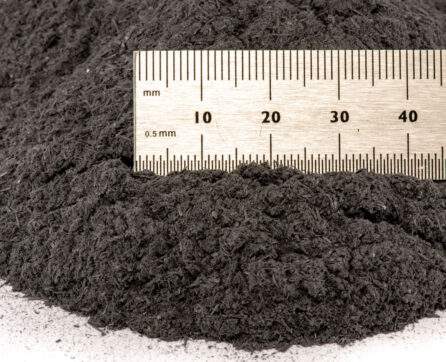Particle Technology supplies standard and bespoke fuel contamination testing mixtures, for analysing the reliability of components within critical fuel and hydraulic oil systems in the aerospace and automotive sectors.

The build-up of contamination in fuel systems can have a number of detrimental effects, including:
By utlising Fuel Contaminants from Particle Technology, you can assess the efficiency, longevity and safety of components and systems, improving products during the design and product qualification stages of manufacture. Our products are standardised to international specifications; alternatively, bespoke options can be manufactured to meet your individual requirements.
If you would prefer to outsource your fuel contamination testing, we have experience in carrying out bespoke contaminated fuel testing programmes and would be happy to discuss your requirements further.
All of our products are supplied with a Certificate of Conformance and Safety Data Sheet. We can supply:
Blended mixtures and standard products.
If the Standard exists, we have it or can get it and produce the stated contaminant, ensuring components used are measured and meet stated requirements.
Pre-weighed mixtures
A key parameter of any contaminated fuel test is the concentration of contaminant in the fuel. Generally speaking, smaller-scale tests using smaller volumes of fuel will require very small amounts of fuel contaminant.
Our solution is to provide vials containing pre-weighed amounts sufficient to contaminate 5l, 10l and 100l of fuel. Bespoke options are also available – please get in touch with your requirements.
Individual ingredients in a wide range of sieved fractions.
Fractions of various materials are available upon request. The products are made using traceable sieves and are typically certified at ≥90% (by mass) within range.
The build-up of contamination in fuel systems can have a number of detrimental effects, including:
By utlising Fuel Contaminants from Particle Technology, you can assess the efficiency, longevity and safety of components and systems, improving products during the design and product qualification stages of manufacture. Our products are standardised to international specifications; alternatively, bespoke options can be manufactured to meet your individual requirements.
If you would prefer to outsource your fuel contamination testing, we have experience in carrying out bespoke contaminated fuel testing programmes and would be happy to discuss your requirements further.
If the product you are looking for is not listed above, please do not hesitate to get in touch with us to discuss your requirements further.
Want to know more? Please get in touch and let us help you by making particles count.